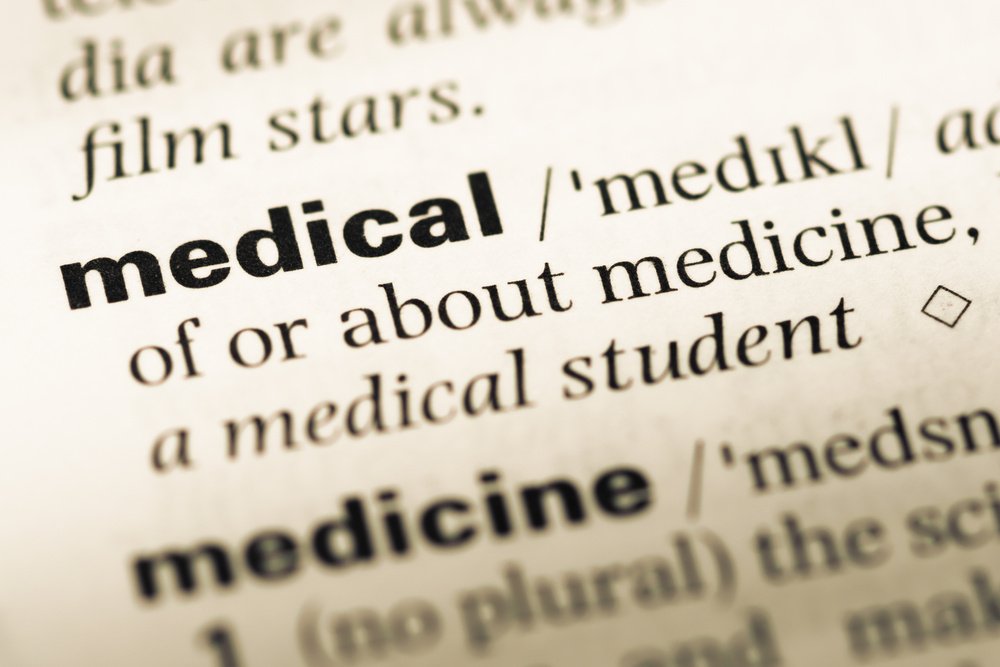The Essential Role of Medical Dictionaries in Healthcare Communication

Clear communication represents a vital pillar of effective healthcare delivery. Nevertheless, intricate medical terminology riddled throughout patient-provider discussions, medical charts, research publications, and regulatory texts often obstruct mutual comprehension between clinical experts and laypersons. As a result, patients often find themselves awash in confusing clinical phrases, unknown medical abbreviations and unfamiliar vocabulary when seeking care. The good folk over at Med Abbrev explain that this is where a medical dictionary proves invaluable for decoding specialized medical vocabulary and bridging communication divides.
Problematic Impacts of Language Gaps
When patients feel too overwhelmed and lost amid the barrage of clinical jargon hurtled their way, many problematic care delivery repercussions may start to unfold:
- Anxiety or fear about what medical phrases like “rule out carcinoma” might imply.
- Mistaken assumptions about treatment instructions leading to complications.
- Reluctance to take part actively in shared decision-making discussions because of uncertainty.
- Lower medication adherence or follow-up compliance because of confusion.
- Poorer self-management skills for chronic health conditions without grasping terminology.
- Miscommunications that cause critical treatment errors or delays.
Without the ability to digest some basic health vocabulary and terminology relevant to their conditions, patients remain largely disempowered, frustrated, and unable to thrive within their own care experiences. Meanwhile, practitioners may develop negative assumptions about patient involvement, compliance, or cognitive capabilities.
Bridging Divides via Medical Dictionaries
In situations where direct provider-patient dialogues too often feature a barrage of mystifying medical speech, user-friendly medical dictionaries can help.
Some examples of how medical dictionaries, terminology glossaries, and vocabulary references can foster clearer communication include:
- Defining anatomy, physiology, and biological processes in simple, relatable language.
- Breaking down complex chronic conditions into more tangible, digestible ideas.
- Explaining intimidating diseases, medications, or medical procedures a patient must undergo.
- Translating convoluted phrases clinicians use frequently during appointments.
- Interpreting baffling terminology contained within pamphlets, brochures, or intake forms.
Of course, while even the most expansive medical dictionaries or exhaustive terminology glossaries cannot substitute for transparent dialogues with qualified clinicians, they do help establish stronger foundations for patients to build some core comprehension.
Wider Applications Beyond Patient Use
Not only can medical dictionaries and vocabulary references assist patients, but they also help healthcare professionals improve communication as well.
For example, many robust medical dictionary tools and terminology databases also:
- Enable nurses and doctors to swiftly research unfamiliar terms other specialists might mention in passing.
- Allow coders to pinpoint accurate clinical terminology for procedures to include within critical medical billing codes.
- Help clinicians streamline writing detailed, terminology-dense reports, documents, or articles for publication in medical journals.
- Expedite medical assistants preparing patient education materials that explain procedures, conditions, or post-visit care instructions clearly.
- Assist researchers with interpreting ambiguous vocabulary or convoluted phrasing encountered within medical literature while reviewing studies.
- Help healthcare professionals meet continuing medical education requirements through self-directed terminology studies.
So from medical students just beginning to look up foundational anatomy and physiology basics to highly experienced medical specialists seeking to clarify newly emerging pharmacy or genetics terminology, medical dictionaries with robust vocabulary glossaries are at once both vitally rudimentary yet also increasingly indispensable communication supports across healthcare fields.
Conclusion
High-quality collaborative healthcare hinges on clear communication illuminated by common understanding between medical experts and general laypeople. User-friendly medical dictionaries help bridge these communication gaps by making health literacy more achievable for patients. While no single all-encompassing glossary could ever hope to completely capture the entire breadth and depth of perpetually evolving medical language, medical dictionaries do supply stronger foundations. Most importantly, such tools remind that unlocking universal health literacy across populations remains an ongoing process requiring immense patience and persistence from all parties.


